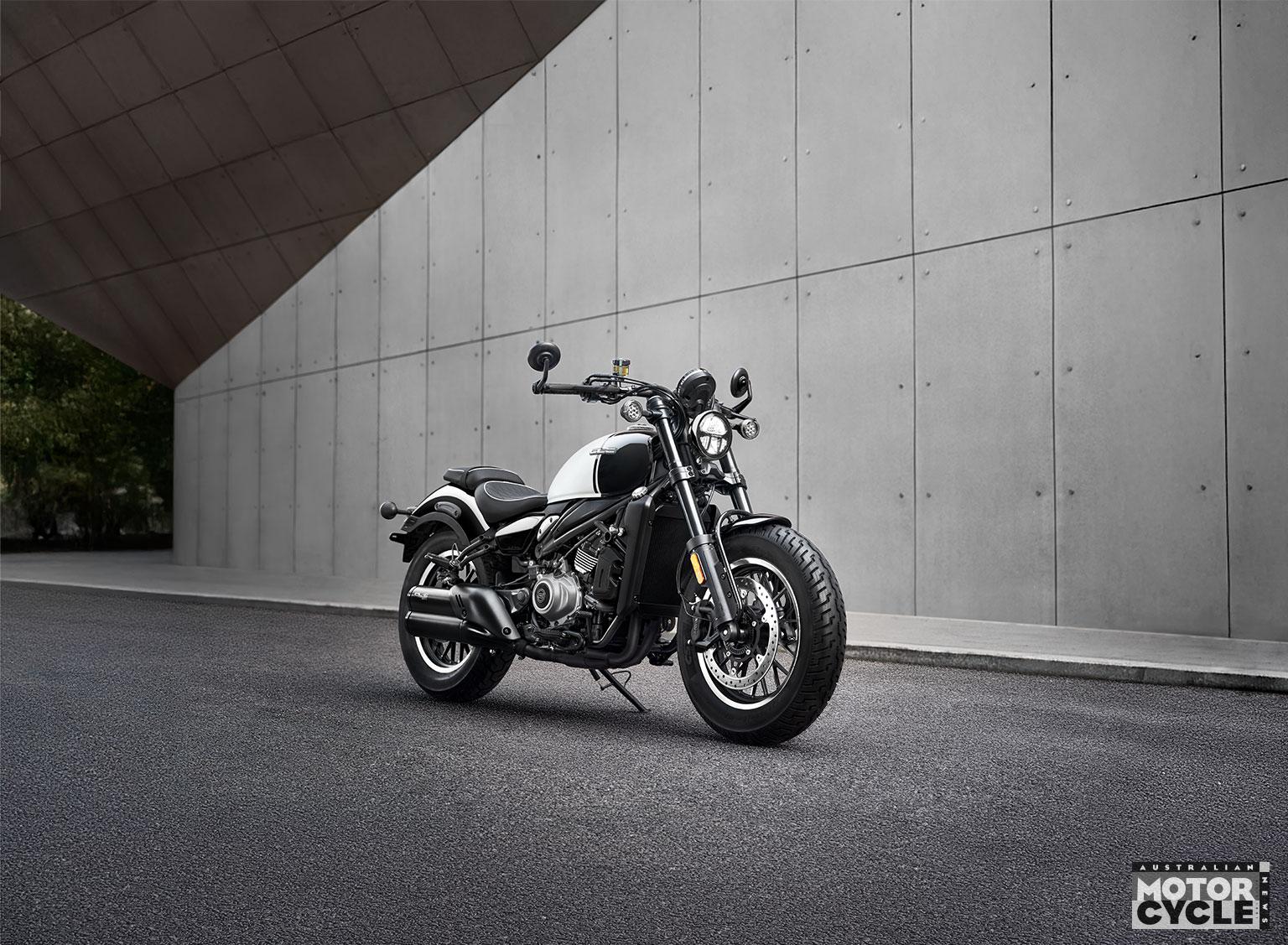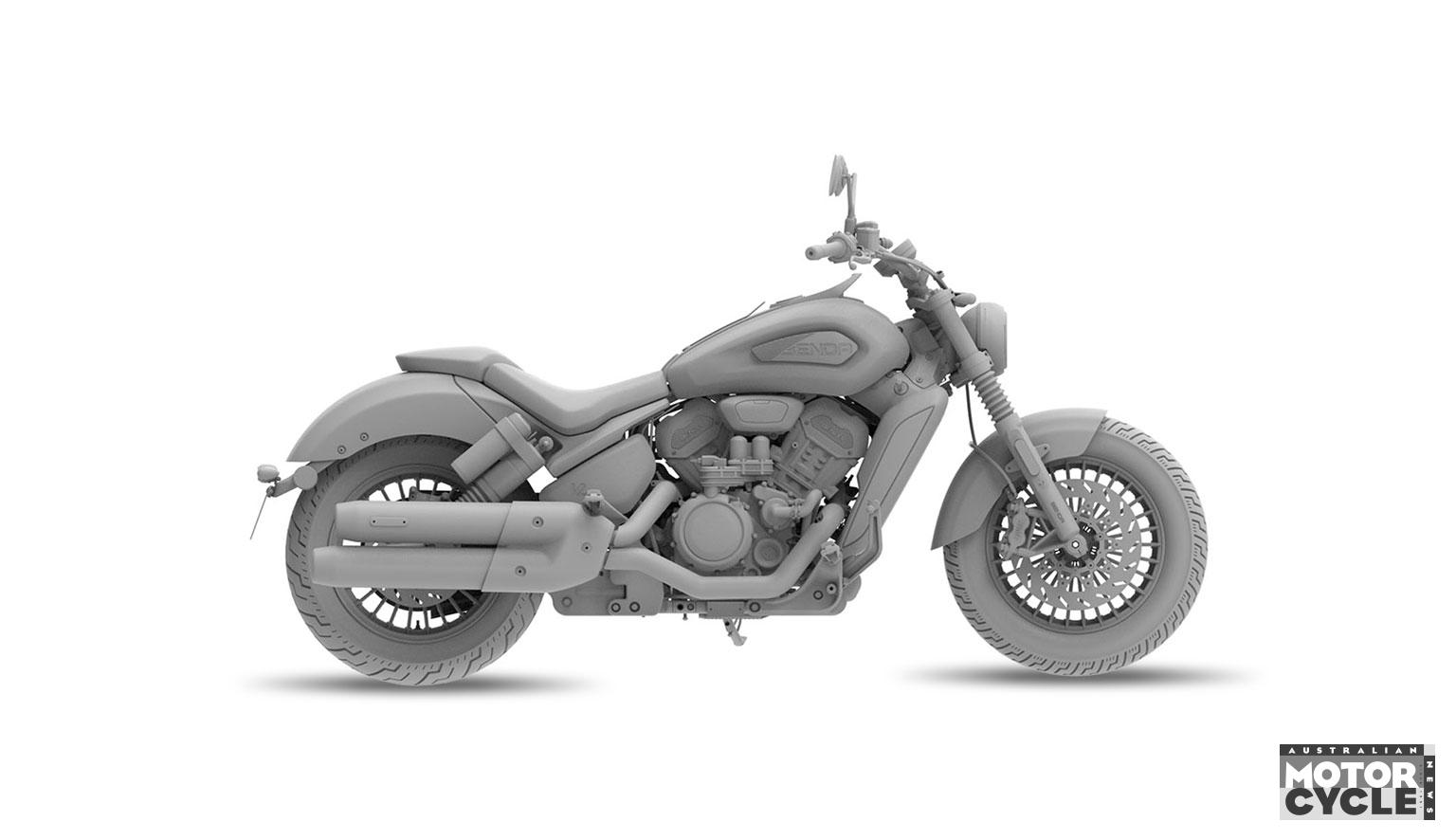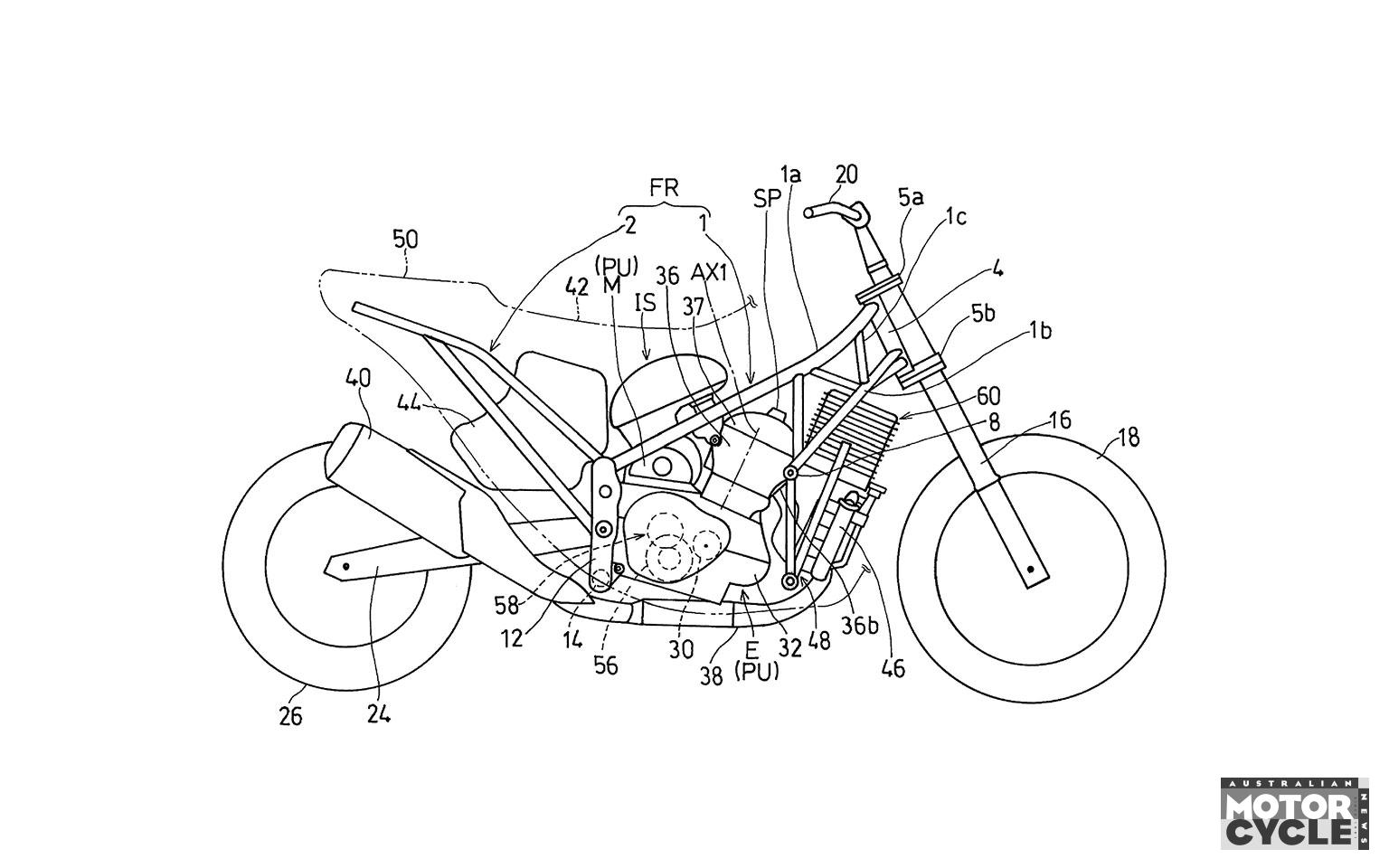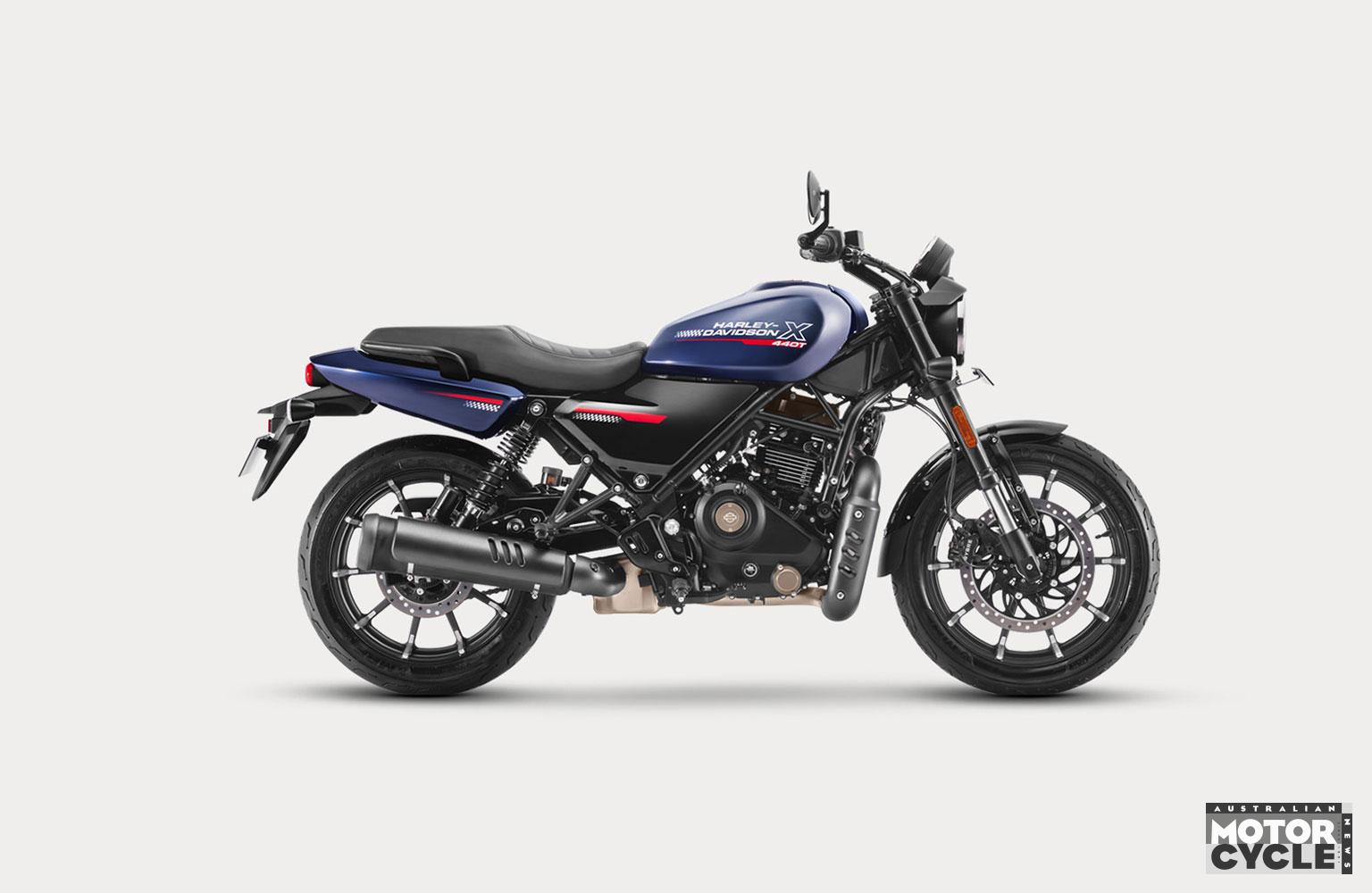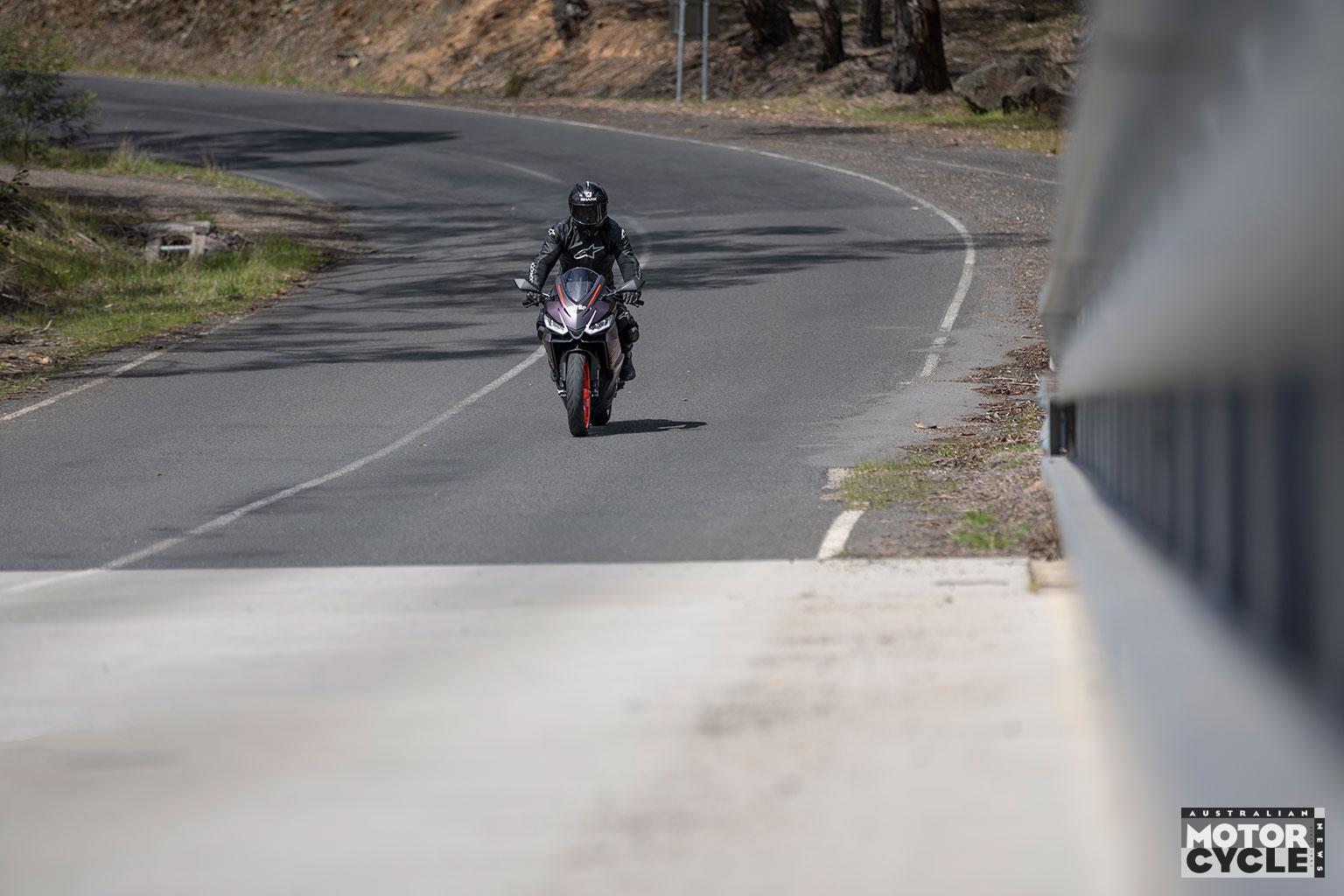With the debut of the steel-framed CB1000 Hornet at last year’s EICMA show – set to reach production later in 2024 and powered by a detuned version of the 2019-spec Fireblade engine – it would be easy to believe that the Honda CB1000R is headed for retirement, but new patents from the manufacturer hint that it might instead be going farther upmarket with a new generation.
We first got a glimpse of this design back in 2022 when earlier patents were filed but the latest documents show more detail of the bodywork and headlight. This confirms that, while it uses the same basic engine design as the new CB1000 Hornet, the next Honda CB1000R is a very different machine.
The designs clearly show an aluminium frame, not the steel-framed CB1000 Hornet, and one that has several high-end components, including a single-sided swingarm and substantial winglets on either side, hinting at a lot of performance.

Honda hasn’t revealed all the technical specs of the CB1000 Hornet yet, despite showing it at EICMA last November, only saying it has ‘over 110kW’ and ‘more than 100Nm’ and promising more details nearer its mid-2024 launch.
Those numbers mean it has similar power to the current CB1000R, but the Hornet’s design means it’s likely to be more affordable. When it comes to the future of the CB1000R, the choices are simple: it can be either discontinued, leaving the Hornet to compete against the likes of Suzuki’s GSX-S1000, or it can take a step upwards to compete against the likes of Ducati’s Streetfighter V4 and BMW’s S 1000 R and M 1000 R. These designs point towards the latter option.
We already know that the SC77-spec Fireblade engine, used in the CB1000 Hornet and also shown in these designs, is capable of significantly more power than the 110kW suggested for the Hornet. In the Blade, it made 141kW. The winglets on this new design suggest it’s in that ballpark.
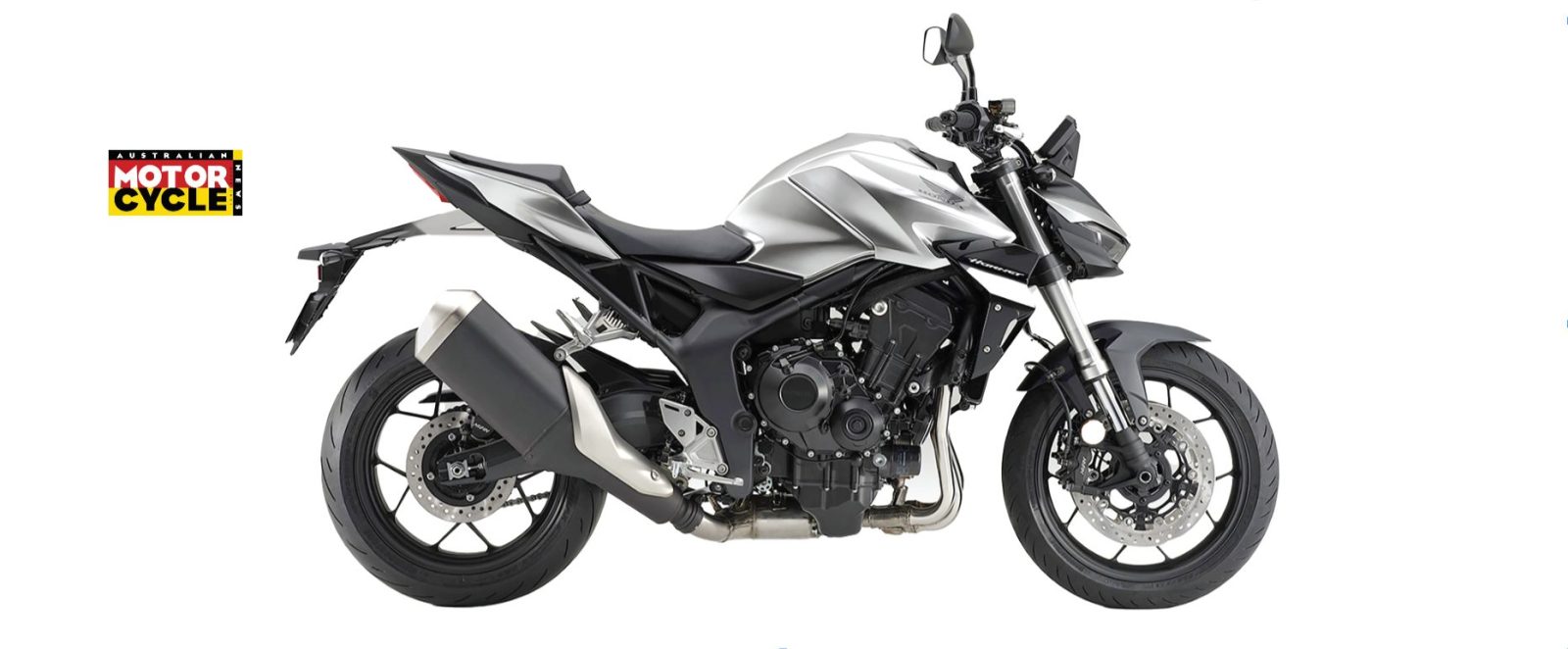
The new version carries over some design cues from the CB1000R, including a single-sided swingarm, as well as riffing on the CB650R with the four-into-one exhaust header. The exhaust itself is extremely distinctive, with dual outlets on a heavily stylised silencer. At the front, the headlight – seen for the first time in these patents – uses two LEDs for main and dipped beams, sitting inside a ring of additional LEDs that act as a daytime running light. It’s a design reminiscent of KTM’s latest 990 Duke, as the DRL ring is separate from the main headlights that sit inside, allowing air to pass through the gaps between them.
There’s also an intriguing air channel above the main headlights, directing flow into a gap just below the TFT dashboard and presumably into the airbox. The patent also specifies that the dashboard angle can be adjusted, and that it’s connected to the ECU wirelessly, making for a cleaner look.
We still don’t know when we can expect to see the results of this patent, but development on this model has been ongoing for at least two years, so it shouldn’t be far away now.
WORDS: BEN PURVIS

